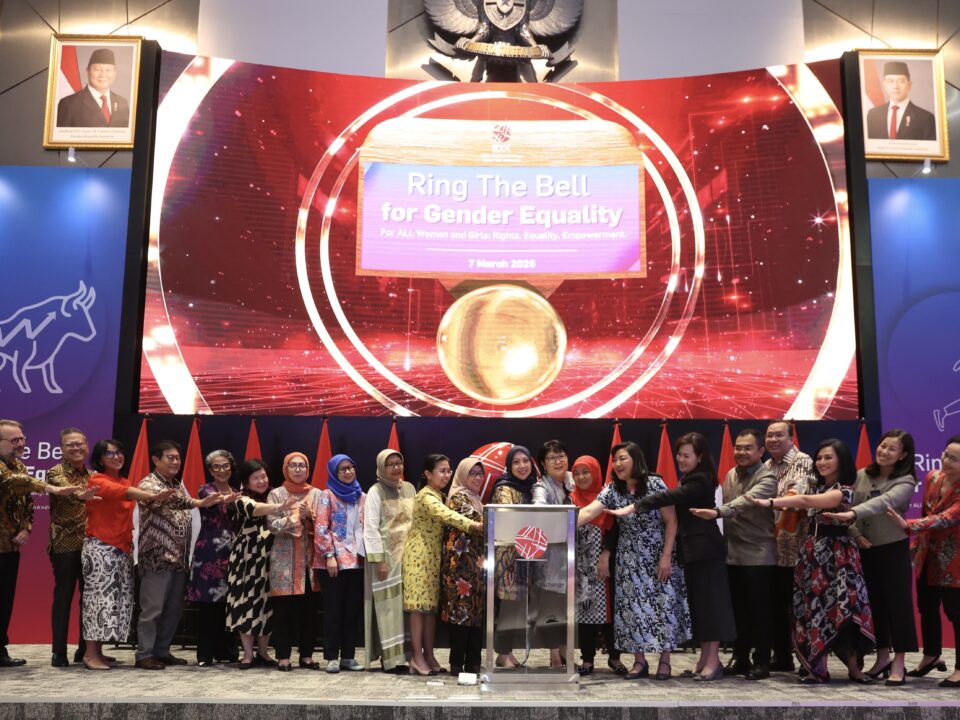
Diversity vs Inclusion
December 24, 2023
Tips to Become a Candidate Ready to Work After a Career Break
December 24, 2023The role of women in STEM (Science, Technology, Engineering, and Mathematics) has become the focus of global attention in recent years. Then, how is the current development?
Female Participation Rate in STEM
According to recent statistics, female participation rates in STEM fields vary across countries. In a survey conducted by the Paw Research Center in 2021, it was found that 50 percent of all workers employed in the United States in STEM-related jobs are women. Meanwhile, based on Eurostat data for 2022, it was found that 52 percent of all workers in the science and technology sector in Europe are women. Even though there has been an increase in the participation of women in STEM fields globally, there are still disparities in some countries such as Indonesia. Based on the 2020 National Labor Force Survey, only 3 out of 10 Indonesian women choose a career in STEM.
Challenges Faced by Women in STEM Fields
Women still face challenges in achieving gender equality in the workplace, especially in the STEM industry. One aspect is disproportionately underrepresented in fields such as Information Technology (IT), engineering, and innovation hubs such as cybersecurity and Artificial Intelligence (AI). This suggests that women are still underrepresented in areas that are expected to grow faster, pay higher, and offer greater career opportunities.
Impact of AI, including ChatGPT, on Workers
AI, including ChatGPT, has a mixed impact on workers. Some of the positive impacts include increased efficiency, assistance in completing routine or administrative tasks quickly, and providing quick responses to frequently asked questions by customers. However, there are also negative impacts to consider. Jobs that are routine and can be automated by ChatGPT or other AI technologies could be jeopardized, resulting in job losses for those who depend on these fields of work. In addition, the development of AI also creates career anxiety and uncertainty regarding the future of work.
The Gender Gap in the digital world
Gender gaps in access to education, technology, and the economy can make women’s transitions to coping with AI developments more difficult than their male counterparts. UNESCO’s 2022 report on The Effects of AI on the Working Lives of Women highlights several important findings, including gaps in women’s access to digital skills and related work. In using AI systems, it is necessary to avoid the potential for strengthening gender bias, harassment, spreading false information, and discrimination in the workplace. Therefore, the government, companies, academics and communities must play an active role in supporting a work environment that balances skills for women.
To ensure sustainable progress, steps need to be taken to enhance women’s participation in STEM, address the disparities in access and the impact of AI, and create an inclusive and equitable work environment for all. Only then can women in STEM continue to advance and make optimal contributions in the ever-evolving world of technology.
9 Juni 2023 | Tiara Tri Hapsari




